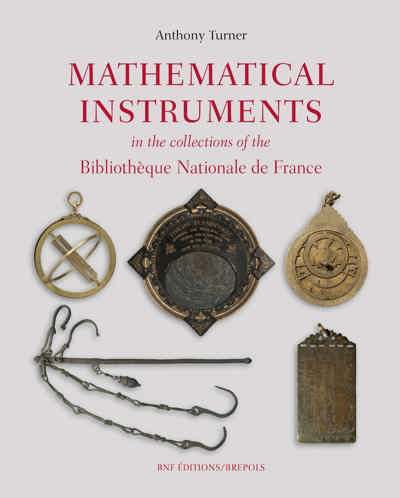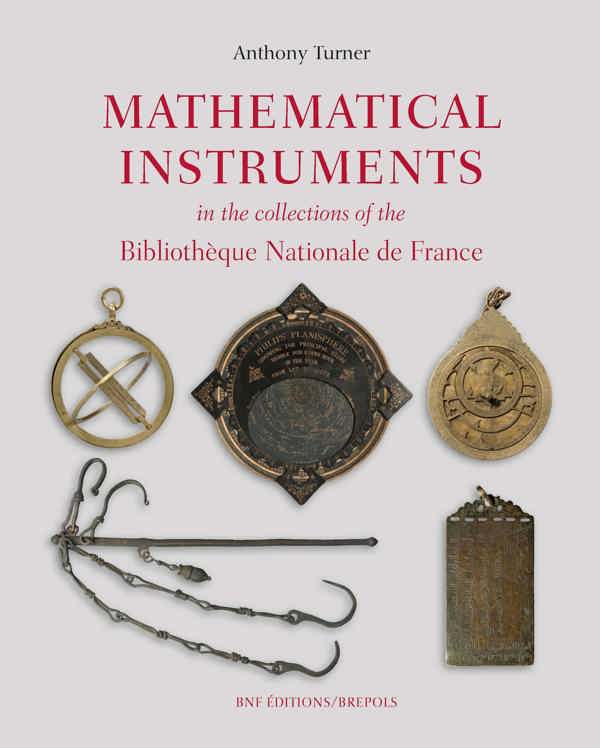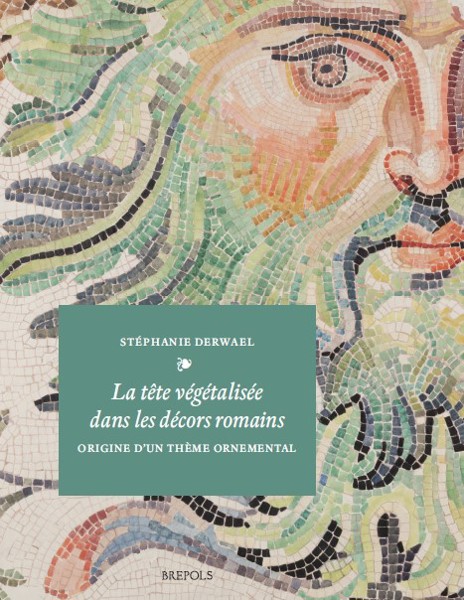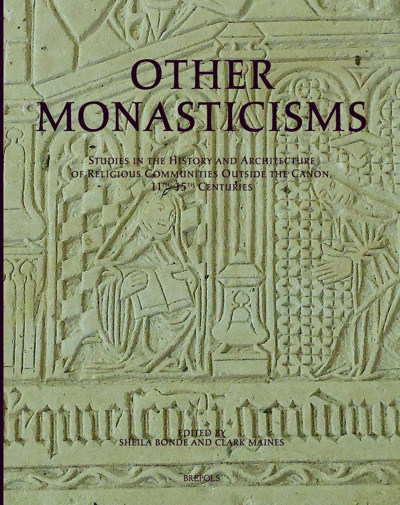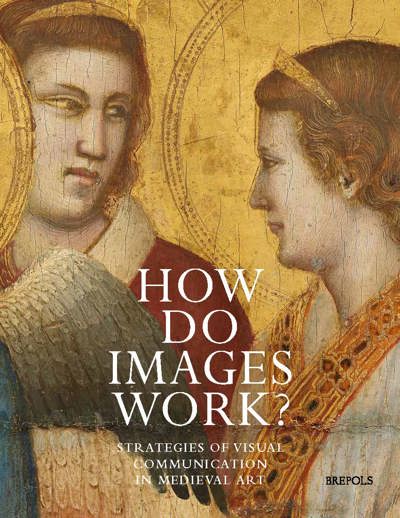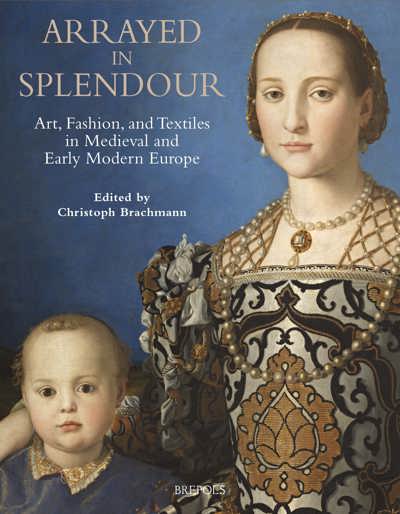
Mathematical Instruments in the Collections of the Bibliothèque Nationale de France
Anthony Turner
- Pages: 335 p.
- Size:210 x 297 mm
- Illustrations:260 col.
- Language(s):English, French
- Publication Year:2019
- € 165,00 EXCL. VAT RETAIL PRICE
- ISBN: 978-2-503-56805-8
- Hardback
- Available
The primary aim of this catalogue of scientific instruments in the collections of the Bibliothèque Nationale de France is to make them available, through detailed descriptions and ample photographs, to all who concern themselves with the development of mathematical instrumentation.
“Turner, Ackermann, and Arslan have assembled this volume with a view to its utility for scholarship and through this beautiful printed book we have enhanced access to instruments that might be challenging to locate through the BnF’s excellent databases. Fortunately, we now have this important printed catalogue, as well as those online.” (Liba Taub, in Journal for the History of Astronomy 51/4, 2020, p. 496)
“(…) this is a handsome book, which describes very well an interesting, if heterogeneous, collection. In time, it should help to bring some of the lesser-known examples to wider attention and may help to solve the occasional mystery along the way.” (Richard Dunn, in Journal of the History of Collections, 2021, p. 146)
Anthony Turner, an independent scholar, works on the social history of ideas during the Ancien Régime and on the history of scientific instruments, clocks, watches and sun-dials. Dr Silke Ackermann is the Director of the Museum of the History of Science at The University of Oxford. Taha Yasin Arslan is assistant professor in the Department of the History of Science, Istanbul Medeniyet University.
Although several mathematical instruments of the first importance are contained in the collections of the Bibliothèque Nationale de France, few of them are well known. The primary aim of the present work is therefore to make them available, through detailed descriptions and ample photographs, to all who concern themselves with the development of mathematical instrumentation. European armillary spheres are listed because of their close connection with the mathematical art of astronomy/astrology, as are two Arab-islamic solid celestial spheres because of their intrinsic relation with astrolabes from the same area. Complete balances are included in the catalogue, but the extensive collection of monetary weights has been left to one side together with details of the, often miscellaneous, weights in boxed-sets for money-changing. Within the various sections into which the catalogue is divided, items are arranged in as strict a chronological order as is possible, given the uncertainty of dating for some of them, without respect to their place of origin.
